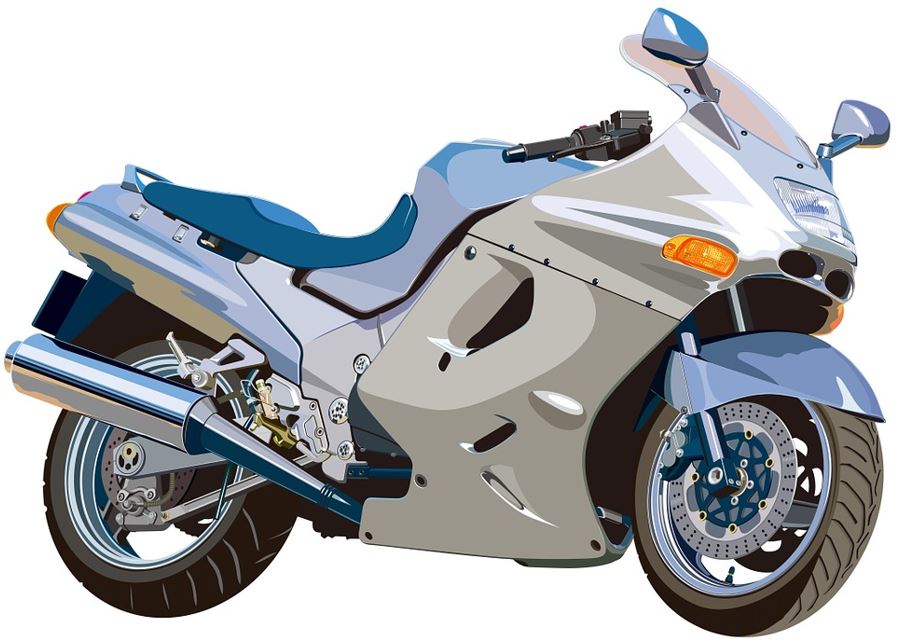Your first motorcycle signals the beginning of a new kind of life. A life that embraces the road— whether it’s the open cross-country road or that of the inner city. A life that embraces the high-speed, high-octane culture of the biking community.
 Purchasing your first bike, while exciting, may prove a bit confusing because there are so many bikes out there, and they’re not all similar. You may have tried reading ads or articles, but a good number of them try to tilt you towards a particular model, instead of providing an overview of what to look for.
Purchasing your first bike, while exciting, may prove a bit confusing because there are so many bikes out there, and they’re not all similar. You may have tried reading ads or articles, but a good number of them try to tilt you towards a particular model, instead of providing an overview of what to look for.
So that’s what this article addresses: advice for finding your first motorcycle.
Narrow your search
There’s a tremendous amount of bikes on the market — so much so that a beginner could easily get lost in a slew of makes, models, and specs. Luckily, you can make finding a suitable motorcycle easier by categorizing them based on function and then focusing on a specific category. We’ve grouped bikes into types based on riding style:
Standard motorcycles: These are the motorcycles that most people are used to. They feature handlebars that are high enough for riders to reach comfortably without leaning, and are made for riding on paved roads. Standard motorcycles are a great combination of performance, comfort, and price, making them a great choice for beginners.
Sport/racing bikes: Everything in this category is tuned up to the max. Speed, handling, fuel consumption, and brake capabilities are all at 100 percent. These bikes are built for racing and moving at incredible speeds and, hence, have very powerful engines, light frames, advanced suspension and brake systems, and windshields. They are also aerodynamically structured, requiring riders to lean forward and place their legs close to their body.
Cruisers: Just like the name implies, cruisers are built for a slow ride on a Sunday evening. Speed is not the focus here, so these machines are not the most aerodynamic. There is, however, enough space for some luggage, making this bike the most suitable for a road trip.
Touring bikes: Equipped with large fuel tanks and storage space, these machines are built for long distances. Its form allows you to sit in an upright position, with a windshield to protect against oncoming wind currents. It also boasts enough space for an extra passenger and is a great choice for shared trips.
Off-road bikes: Off-road bikes include motocross, enduro, dirt bikes, and the likes. These machines are characterized by a very slim frame and light build with small fuel tanks and slim tires. They also come with enhanced suspensions for high jumps and rough trails.
Factor in the cost of insurance and safety gear
Motorcycle insurance and safety gear are no joke and they should be purchased alongside your bike. Insurance, asides from being required in most states, protects you from financial repercussions of bodily or property damage. And safety gear mitigates bodily injury during a crash.
Do your research beforehand
In addition to choosing a type of bike based on your riding habits, you should also research any model you may have zeroed in on. You need to check for things like fuel consumption rate, availability of retailers that sell quality spare parts like motorcycle tires, cylinders, valves, and the cost of maintenance and repair. Don’t go for looks, go for functionality and specs as there are many options available for dirt bike graphics that can assist with customization and personalization.
Don’t go over your budget
A new beginner bike should cost anywhere between $5,000 and $10,000. You should decide the maximum amount you are willing to spend and stick to that. If you really want to cut down on price without a corresponding drop in quality and performance, you should look into getting a used motorcycle.

